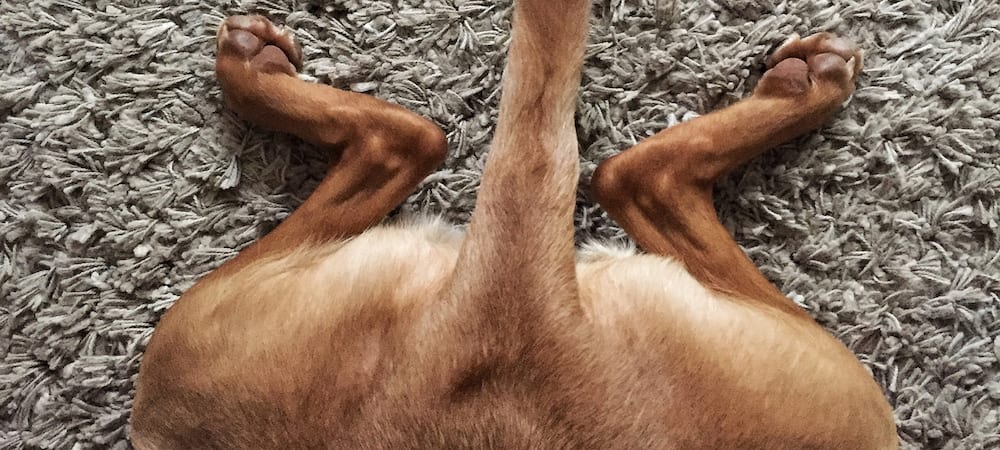Your Guide to Anal Glands in Dogs

Anal glands in dogs are an unfortunate — and oftentimes smelly — part of dog ownership. They usually go undiscussed since they aren’t exactly pleasant and make for an awkward topic of conversation. But this doesn’t have to be the case!
Here at Found Animals, no pet ownership topic goes undiscussed, no matter how gross. We’ve brought you articles on everything from dog diarrhea to cat barf, so it was only a matter of time until we published a piece on dog anal glands. So here it is: your guide to anal glands in dogs!
What Are Anal Glands in Dogs?
Anal glands in dogs, also called anal sacs, are scent glands. Your dog has two of them, located in the muscles of the rectum, below their tail. Your pup’s glands secrete their own unique scent, different from that of all other dogs.
If everything in your dog’s body is working fine and dandy, anal glands are expressed naturally whenever your dog poops. This is true of some dogs and you won’t have to worry about them. However, many dog anal glands can become blocked up on their own so they need to be manually expressed regularly. Feeding your dog a high-fiber diet or supplements can also help the problem. We recommend Glandex Soft Chews. We also like Deley Naturals Advanced Probiotic Supplement.
When Do Anal Glands Need to Be Expressed?
Anal glands need to be expressed (squeezed to release their contents) when they get impacted. This means that the sacs haven’t been able to express on their own when your dog poops and they got blocked up. A variety of factors can contribute to the likeliness of this happening, including skin infections, mite infestations, obesity and hypothyroidism. Perfectly healthy dogs might also need their glands expressed by their owners.
Here are some signs that your dog is having an issue:
- “Scooting” or dragging their butt along the ground.
- Showing difficulty or pain during defecation with straining or whining.
- Blood and/or pus in their poop.
- Leaving behind blood and/or pus in your lap, on your carpet, etc.
- Emitting a smelly odor.
It’s important to get the anal glands expressed ASAP when you see these signs that they’re impacted. Blocked sacs can get infected or burst, which is painful for your pup and leads to expensive vet bills.
How to Express Anal Glands in Dogs
If you’ve never had your dog’s anal glands expressed before, you might want to have a veterinarian show you how. To express the anal sacs, put on latex gloves. You’ll also need a paper towel or Glandex Anal Gland Hygienic Pet Wipe to press on your dog’s rear end. We prefer the wipes since they help soothe irritated skin and also deodorize the area.
Hold the wipe or paper towel in one hand. As if your dog’s tush were a clock face, gently push on the 8 and 4 o’clock positions. The secretion should come out. Afterward, throw out the paper towel or wipe and thoroughly wash your dog’s backside. Use a gentle soap and warm water or an herbal tincture, such as PetAlive AnalGlandz, which helps soften and clean the area.



